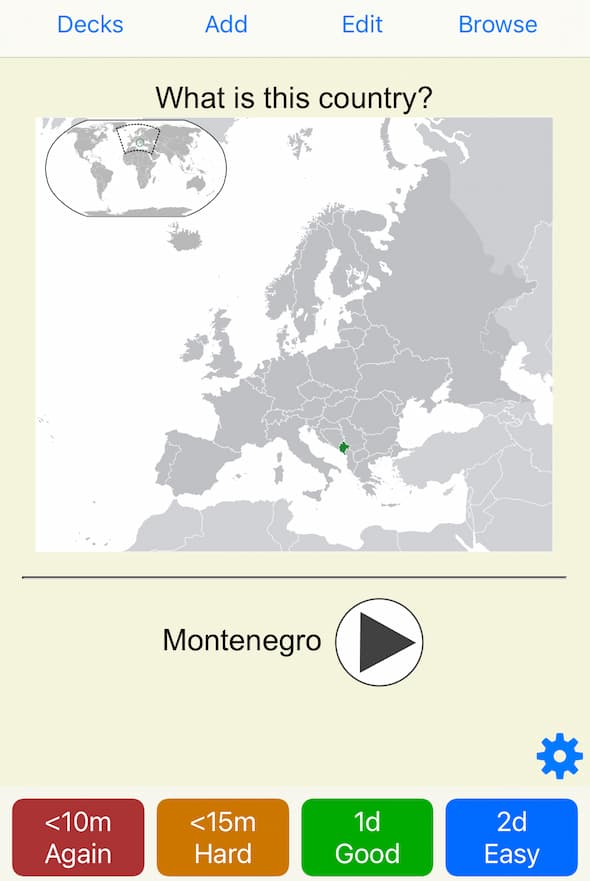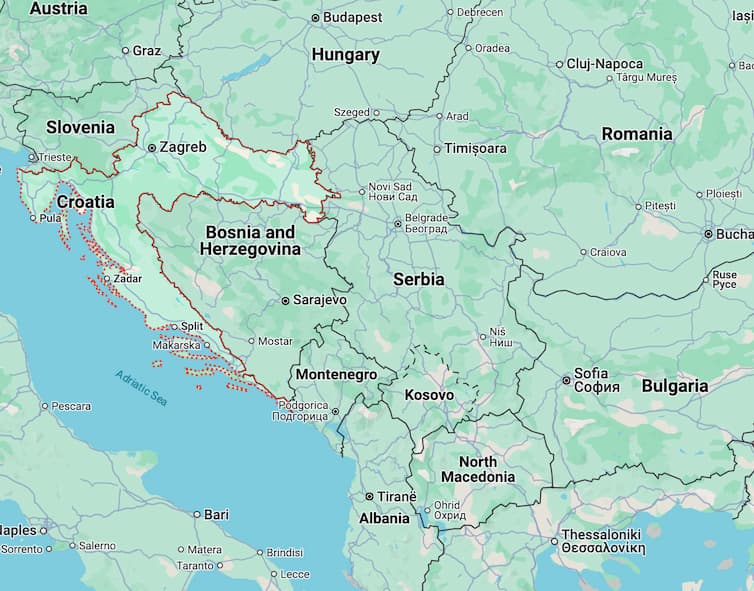Table Of Contents
This is something I’m a bit ashamed to admit, but I don’t know where many countries are. I don’t even know many countries. Well, I know a many names of countries, but there are many countries names that I don’t know.
It feels like more than ever you’re expected to know a great deal about geopolitics (or perhaps that’s just my circles) and a great understanding of geopolitics starts with understanding where countries are. A lot of conflicts are cultural or territorial and among groups in close proximity - either social or geographical. I am missing some important context.
If it wasn’t obvious, I am an American. This is not to say that I am necessarily oblivious in regards to country locations, but that I am equally oblivious to countries in Europe as Europeans are to ones in the Americas.
Even summing up the United States of America as just “the states”, I would wager that the average European would have trouble placing countries in the Caribbean.
If you are often affected by the actions of neighboring nations, you will quickly grow to know their location and some of their history. You will find self-sufficient nations are more often monolingual and oblivious to the geopolitics of distant nations. This is not a moral failing, it is a practical effect of circumstances.
#How I’m learning
My goal here has been to learn this information as quickly and effectively as possible. I don’t have a lot of free time that I wouldn’t rather use for some other purpose.
I am using Anki here. There are many “nations of the world” decks you can download, built for this express purpose.

This one here presents a map with all countries greyed out aside for one. You take a guess (mentally) and then reveal the answer. You then select whether you didn’t get (“Again”), found it difficult but answered correctly (“Hard”), got it (“Good”), or found it second nature (“Easy”).
The cards are then shown back to later at some interval depending the answers to these.
There’s no grading here. You don’t need to feel bad about missing one. You just hit a button and move on. Eventually, you start remembering things. Soon, it feels easy.
But it didn’t feel easy immediately. I kept hitting a brick wall using Anki alone. There are mental tricks to remember (Croatia looks like a crescent), but there was just too much going on for me to latch onto it.
What made things dramatically easier was referencing an actual map each time I got an answer wrong.

If you zoom-out enough on google maps, you can see the outlines of nations.
Doing this check each time made me familiar with which countries one was bordering. If I know where Austria is and I know that Hungary is placed to the right of it and Serbia sits right below - I can know the outline of Serbia from referencing Austria.
This not only helped me memorize the answer to the current question, but it reinforced information about the other bordering nations. Soon, I no longer needed to jump from a reference point nation that I knew, but it was helpful information nonetheless.
#My current progress
I’m attempting this in some order that makes sense to me. I’m starting with Europe, then going to North America, then Africa, then South America, then Asia, then Oceania.
I’ve been doing this during my daily commute in NYC trains where internet access is extraordinarily sparse. This makes using map references difficult (as you cannot download offline maps of the globe - it must be very specific), but it’s passable enough if you don’t close the app in between viewings.
So far I have memorized all the nations in Europe (that are within the Anki deck). I am reasonably confident that I can name a country when presented it similarly as Anki does or when asked to name all bordering countries to a certain territory in Europe.
It’s enough that I am satisfied with where I am at and will be moving on to the next region.
I hope to be completely satisfied with my progress by June of this year, but I’m sure I can get there by April or even mid-March with some effort.